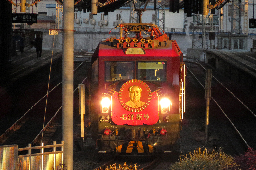archive.today • Marin County could have had BART, but backroom politics got in the way
It seemed like the simple, fiscally responsible solution. BART's trains could glide on a retrofitted Golden Gate Bridge to serve a transit-deprived community that overwhelmingly wanted BART. The cost would be millions of dollars cheaper than burrowing under the bay.
But commuters riding BART trains on the bridge would likely mean fewer people driving across the bridge, which meant fewer people paying bridge tolls. And less toll revenue was not something the Golden Gate Bridge District directors were going to accept sitting down. Behind closed doors, they plotted to quash the plan.
"Those who led the board were very much opposed to having BART cross the bridge," Louise Nelson Dyble, an assistant professor of history at Michigan Technological University, told the Marin Independent Journal in 2018. Dyble is the author of "Paying the Toll: Local Power, Regional Politics, and the Golden Gate Bridge."
Dyble said bridge officials went searching for a hired gun, a friendly engineer who would rebut the findings of the two train-on-the-bridge studies...
[...]
Meanwhile BART had another problem: San Mateo County pulled out of the plan in December 1961. The county already had commuter trains operating on the old Southern Pacific right-of-way and balked at taking on the hefty cost of a new rail system.
Losing San Mateo County was a critical setback because BART needed its tax base. With San Mateo out, Marin's population was deemed too small to support the system. Suddenly the chances of passing the plan seemed dicey.


deleted by creator